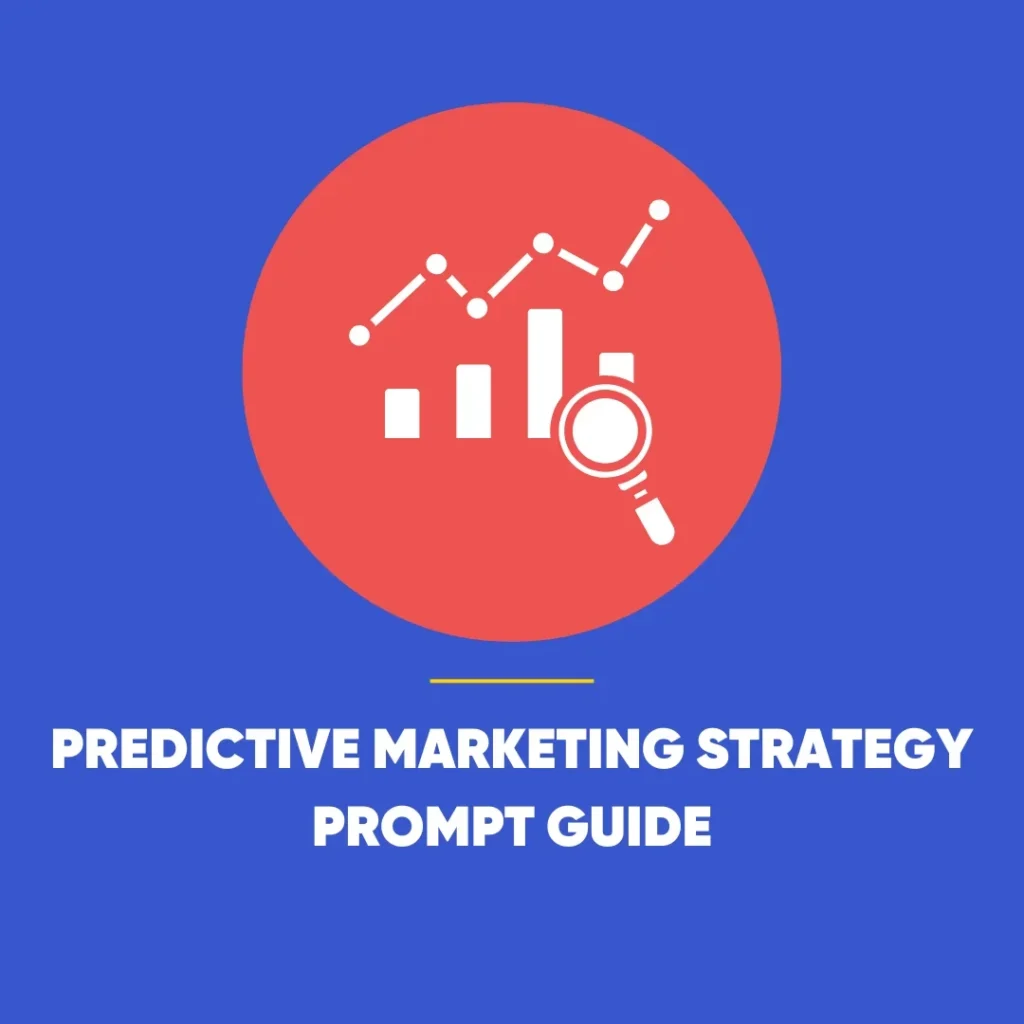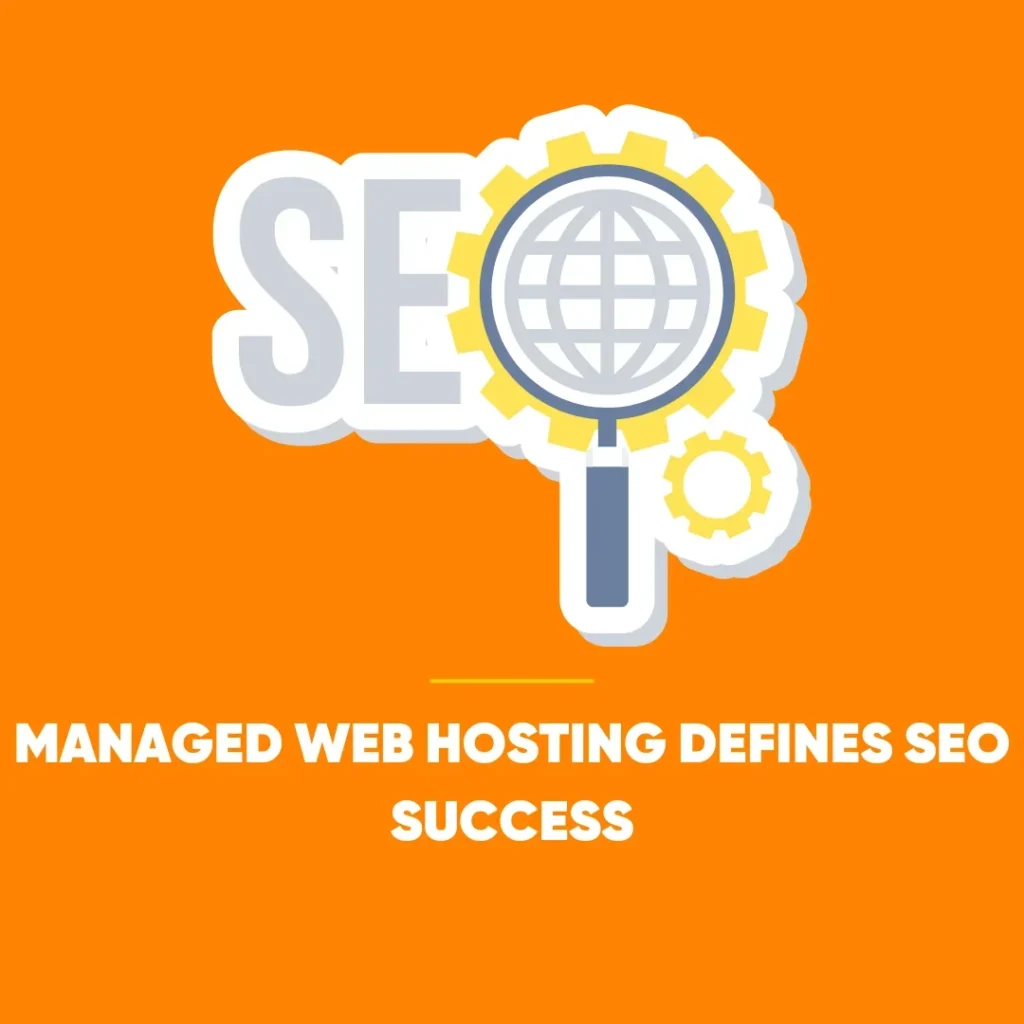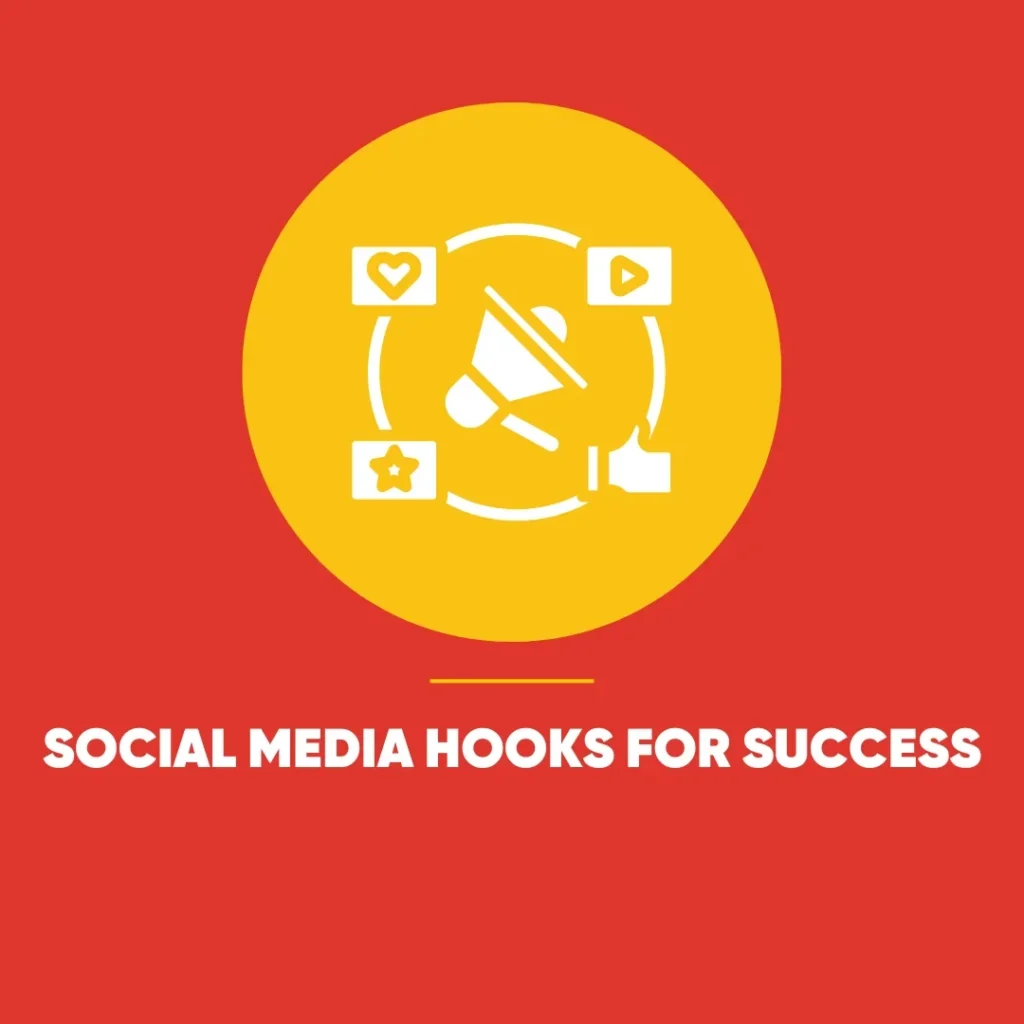Marketing Strategies Growth: Top 5 Ways to Achieve Business Success
Every business, whether it’s a start-up or an established organisation, strives for sustainable marketing strategies growth. Effective marketing strategies are key to making this happen. These strategies help businesses build a loyal customer base, increase brand awareness, and ultimately boost revenue. In this detailed guide, we will explore the top five marketing strategies that can drive business growth, providing actionable insights that will help you make the most of each one.
1. Content Marketing: Building Value Through Information
Content marketing has become a powerful tool for businesses to connect with potential customers. It involves creating valuable, relevant, and consistent content to attract and retain a clearly defined audience. When done well, content marketing builds trust with your audience, ultimately leading them to choose your products or services.
Why Content Marketing Matters
Unlike traditional marketing, content marketing is a core component of marketing strategies growth, focusing less on direct promotion and more on creating value. When you provide useful, engaging, and well-researched content, you position your business as an authority in the industry. This helps build long-term relationships with your audience, making them more likely to become repeat customers. Moreover, content marketing aligns well with SEO, making it easier for potential customers to find you through search engines.
Different Types of Content You Can Create
Content is not limited to blog posts. You can diversify your content to include:
- Blogs: Regularly updated blog posts on industry trends, how-tos, and product insights can establish your business as a thought leader.
- Videos: Video content is highly engaging and often easier to consume than text. Platforms like YouTube and social media channels are ideal for sharing tutorials, behind-the-scenes insights, and customer testimonials.
- Infographics: These are excellent for presenting data in a visually appealing way. Infographics are often shared widely, helping to increase your brand’s visibility.
- Podcasts: Podcasts are growing in popularity, offering a unique way to provide information while building a connection with listeners.
- eBooks and Whitepapers: These longer formats are perfect for in-depth content that demonstrates your expertise. They can also be used as lead magnets to build your email list.
Advanced Steps to Build a Winning Content Strategy
1. Create a Content Calendar
Consistency is essential in content marketing. Without a content calendar, it’s easy to lose track of what you’ve posted and what’s coming up. For this reason, a well-planned calendar helps you maintain regular posting and ensures you cover all necessary topics. It also allows for content repurposing, where you can take a blog post and turn it into a video or an infographic.
2. Optimise for SEO
SEO isn’t just about stuffing keywords into your articles. For your content to rank well on search engines, it needs to be optimised for both readers and search engines. Ensure your content includes natural keyword integration, proper use of headers, meta descriptions, and internal linking. Additionally, longer pieces of content (1,500 words and above) tend to rank better, especially when they provide comprehensive answers to user queries.
3. Focus on User-Generated Content
Encourage your customers to contribute to your content. To illustrate, user-generated content, like customer reviews, testimonials, and social media shout-outs, adds authenticity to your brand. You can even showcase customer stories on your website or social channels, which helps build a sense of community.
4. Invest in Evergreen Content
Evergreen content refers to content that remains relevant over time. Unlike news articles or seasonal posts, evergreen content continually drives traffic long after it’s published. Examples include “how-to” guides, industry glossaries, and foundational blog posts that answer common questions.
5. Measure Performance
Use tools like Google Analytics, SEMrush, or Ahrefs to measure how your content is performing. Keep track of page views, bounce rates, and conversion rates. Adjust your strategy based on these insights to ensure your content continues to meet the needs of your audience.
2. Social Media Marketing: Engaging with Your Audience – Marketing Strategies Growth
Social media has evolved into one of the most dynamic marketing platforms available today. It allows businesses to connect with their audience on a personal level, making it an invaluable tool for both small and large companies. Social media platforms such as Facebook, Instagram, LinkedIn, and Twitter provide a direct line of communication with customers, while also offering vast potential for brand exposure.
The Power of Social Media for Business Growth
Social media marketing allows businesses to build a community around their brand. Through regular interaction, businesses can engage with customers, address their queries, and even provide real-time customer support. Furthermore, platforms like Instagram and TikTok offer creative ways to visually represent your brand, which is particularly effective for businesses with products that lend themselves to visual marketing.
One of the biggest advantages of social media is the ability to target specific demographics with precision. Social media platforms allow you to create highly targeted ads based on age, location, interests, and behaviours, making it easier to reach your ideal customers.
Expanding Your Social Media Strategy
1. Leverage Influencer Marketing
Influencer marketing has exploded in recent years. Partnering with influencers who align with your brand can significantly increase your reach. Micro-influencers (those with fewer than 100,000 followers) often have highly engaged audiences and can be more cost-effective than celebrity influencers. Consider reaching out to influencers in your niche to promote your products or services through sponsored posts, reviews, or giveaways.
2. Explore Social Commerce
Platforms like Instagram and Facebook now offer in-app shopping features, allowing customers to purchase products without leaving the platform. Specifically, this is known as social commerce and it’s becoming increasingly popular. Setting up shop on social media platforms allows businesses to meet customers where they already spend their time, thereby reducing friction in the buying process.
3. Use Stories and Live Features
Short-form content like Instagram Stories, Facebook Stories, and TikTok videos can help create urgency and promote time-sensitive offers. Similarly, going live on social media allows for real-time engagement with your audience. You can host Q&A sessions, product launches, or behind-the-scenes tours to connect with followers on a personal level.
4. Utilise User-Generated Content
Encouraging your customers to share their experiences with your products or services can significantly enhance your credibility. Reposting user-generated content on your social profiles not only saves time but also builds trust with your audience.
5. Analyse and Adapt
Use the analytics provided by social media platforms to gauge how your posts are performing. Monitor engagement rates, follower growth, and click-through rates. Based on this data, tweak your strategy to improve your future campaigns.
3. Email Marketing: Nurturing Customer Relationships – Marketing Strategies Growth
Email marketing is a tried-and-true method for building and nurturing customer relationships. Specifically, it allows you to send personalised messages directly to your audience, keeping them informed about your latest offerings, promotions, or updates. All in all, with proper execution, email marketing can lead to high conversion rates and customer retention.
The Long-Term Value of Email Marketing
Email marketing provides an unparalleled level of personalisation. Unlike social media, where algorithms determine who sees your posts, emails land directly in the inbox of your subscribers. This direct line of communication can be used to build long-term relationships by delivering content that speaks to the specific needs of your audience. Moreover, with tools like segmentation, you can send highly targeted emails based on behaviour, preferences, and previous interactions.
Advanced Tactics for Email Marketing Success
1. Develop a Welcome Series
A welcome email is the first impression you make on a new subscriber. For instance, a well-crafted welcome series can set the tone for your entire relationship with the customer. Use it to introduce your brand, share your mission, and provide incentives (like discounts) to encourage the first purchase.
2. Personalise Beyond the Name
Most businesses include the recipient’s name in the email, but personalisation should go beyond that. Use data to send tailored recommendations, such as product suggestions based on past purchases or emails triggered by abandoned carts. This level of customisation makes customers feel valued and understood.
3. Focus on Mobile Optimisation
Many people check their emails on mobile devices. Ensure your emails are mobile-friendly by using responsive design, keeping the subject lines short, and including easy-to-click buttons. A seamless mobile experience can significantly boost open and click-through rates.
4. Segment Your List
Segmentation involves dividing your email list into smaller groups based on specific criteria. For example, this could include demographics, past purchase behaviour, engagement levels, or preferences. Moreover, by segmenting your list, you can send more relevant emails, which leads to higher engagement and conversion rates.
5. A/B Test Regularly
Additionally, testing different elements of your emails—like subject lines, CTA buttons, or images—can provide valuable insights into what resonates best with your audience. Conduct A/B tests regularly to continuously optimise your campaigns.
6. Automate Your Campaigns
Automation allows you to send emails based on specific triggers or actions, such as a welcome email series for new subscribers or a follow-up email after a purchase. Automated emails save time while ensuring that your audience receives timely and relevant content.
4. Search Engine Optimisation (SEO): Enhancing Online Visibility
In today’s digital landscape, SEO is essential for any business aiming for marketing strategies growth and wanting to expand online. SEO involves optimising your website and content so that it appears higher in search engine results pages (SERPs), increasing organic traffic to your website. While SEO takes time to show results, it is a long-term investment that pays off with sustained growth.
The SEO Advantage for Business Growth
SEO is crucial because it aligns with user intent. When people search for something on Google, they’re looking for answers or solutions. By optimising your website to appear in these search results, you’re positioning your business to meet their needs at the perfect moment. Moreover, SEO is a cost-effective strategy since organic traffic doesn’t require payment for each click, unlike PPC.
Advanced SEO Tactics for Maximum Growth
1. Build Topic Clusters
In the past, businesses would focus on individual keywords. Today, search engines favour topic authority. Building topic clusters involves creating a central pillar page that covers a broad topic and linking it to related subtopics. As a result, this structure helps search engines understand the depth of your content, improving your chances of ranking for multiple related keywords.
2. Prioritise Technical SEO
Technical SEO focuses on improving the backend of your website to ensure it runs smoothly. This includes improving site speed, ensuring mobile-friendliness, and fixing broken links. Search engines reward websites that provide a seamless user experience, so technical SEO is just as important as content.
3. Build High-Quality Backlinks
Backlinks remain one of the most important ranking factors in SEO. Focus on earning backlinks from reputable websites in your industry. You can do this by creating shareable content, reaching out to industry blogs, or guest posting. For this reason, high-quality backlinks signal to search engines that your site is authoritative and trustworthy.
4. Leverage Local SEO
Additionally, for businesses with physical locations, local SEO is critical. Optimise your website for local searches by claiming your Google My Business listing, ensuring your NAP (name, address, phone number) is consistent across directories, and encouraging customer reviews. Moreover, local SEO helps your business stand out in geographically specific searches.
5. Optimise for Voice Search
Voice search is on the rise, with devices like Amazon Echo and Google Home becoming household staples. Optimising for voice search involves using more natural language and focusing on long-tail keywords. Since voice search queries are often in question form, creating content that answers common customer questions can improve your chances of ranking in voice search results.
5. Pay-Per-Click (PPC) Advertising: Immediate Results
While organic strategies like SEO and content marketing take time to yield results, PPC advertising offers immediate visibility. With PPC, you pay each time a user clicks on your ad, which can drive traffic to your website almost instantly. PPC is especially useful when you want to target specific keywords or demographics, making it a highly targeted and cost-effective strategy.
Why PPC Can Deliver Quick Wins
PPC campaigns play a crucial role in marketing strategies growth, offering precise control over who sees your ads, allowing you to target specific geographic locations, demographics, and even search intent. Furthermore, this makes it easier to reach your target audience and drive immediate results. Additionally, because you only pay when someone clicks on your ad, you can closely monitor your ROI and adjust your strategy as needed.
Advanced Tips for Successful PPC Campaigns
1. Use Negative Keywords
Negative keywords prevent your ads from showing up in irrelevant searches, which helps you save money and ensure that only qualified leads click on your ads. For example, if you’re a luxury brand, you might use “cheap” or “discount” as negative keywords to avoid clicks from people searching for budget options.
2. Optimise Your Landing Pages
Your PPC ad is only as good as the landing page it directs people to. Ensure that your landing pages are relevant to the ad copy and include a clear call to action (CTA). A well-optimised landing page can significantly increase conversion rates, improving the overall success of your PPC campaigns.
3. Implement Retargeting Campaigns
Retargeting involves showing ads to people who have already visited your website but haven’t converted. This strategy keeps your brand top-of-mind and encourages potential customers to return and complete their purchase. Retargeting ads often have higher conversion rates since the audience is already familiar with your brand.
4. Monitor Your Quality Score
Google Ads assigns a Quality Score to your PPC campaigns based on factors like ad relevance, click-through rate, and landing page quality. In fact, a higher Quality Score can lower your cost-per-click and improve ad positioning. Therefore, regularly monitor your Quality Score and make adjustments to improve it over time.
5. Use A/B Testing for Ads
Constantly test different versions of your ads to see which performs best. A/B testing allows you to experiment with various headlines, ad copy, images, and CTAs. Overall, by continuously refining your ads, you can improve their effectiveness and maximise your ROI.
Conclusion: Choose the Right Strategy for Your Marketing Strategies Growth
In conclusion, the five marketing strategies discussed—content marketing, social media marketing, email marketing, SEO, and PPC—offer powerful tools for driving business growth. However, the key to success lies in understanding your audience and tailoring your approach accordingly. For optimal results, businesses should adopt a combination of these strategies.
Content marketing builds trust, social media connects you with your audience, email marketing nurtures relationships, SEO enhances online visibility, and PPC delivers quick results. Additionally, by integrating these strategies and continuously monitoring their performance, you can drive sustainable business growth.
Overall, remember, growth doesn’t happen overnight. Consistency, analysis, and adaptability are essential components of a successful marketing plan. Thus, with the right strategies in place, your business will be well-positioned for long-term success.









